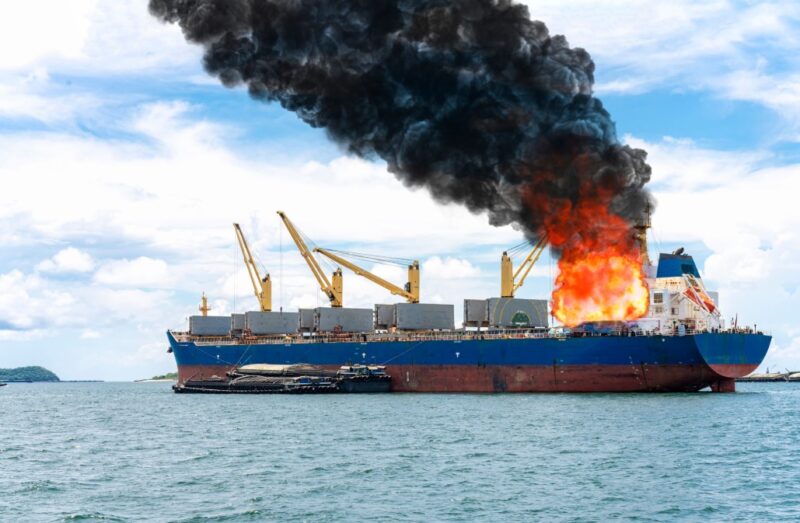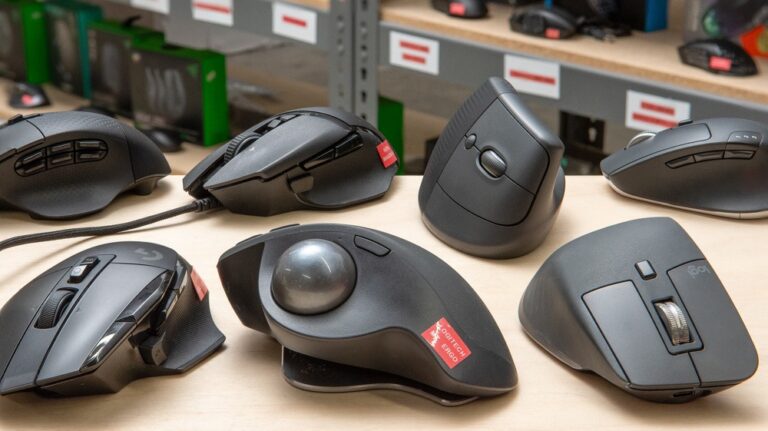Maritime accidents may seem like something reserved for movie dramas, but in reality, they are a critical concern for seafarers, shipping companies, and port authorities alike. These incidents can lead to serious consequences for vessels, crews, and the environment.
So, what are the most common types of maritime accidents, and more importantly, how can you avoid them?
Understanding Collisions at Sea
Collisions are one of the most well-known maritime accidents, and they’re exactly what they sound like two vessels crashing into one another. They often happen due to navigational errors, poor visibility, or failure to adhere to maritime traffic rules.
While they may conjure up images of catastrophic disasters, even smaller collisions can cause significant damage and lead to costly litigation for the parties involved.
So how do you avoid them? First, maintaining situational awareness is crucial. It sounds simple, but distractions or overconfidence can lead to mistakes. Always follow the International Regulations for Preventing Collisions at Sea (COLREGs), which serve as the “rules of the road” for mariners.
Use radar and Automatic Identification Systems (AIS) effectively to monitor nearby vessels, especially in busy waters. Finally, ensure crew members receive proper training to handle emergencies swiftly and safely.
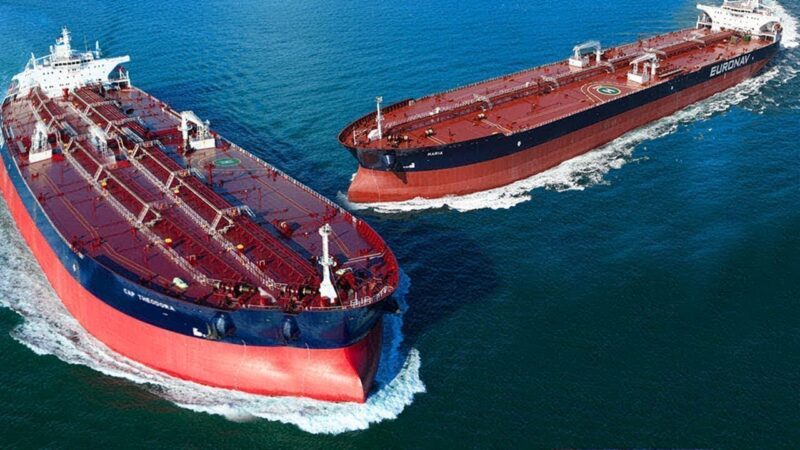
Groundings ─ A Risk Closer to Shore
Grounding occurs when a ship runs aground on a sandbank, reef, or shallow water area. This often happens during poor weather conditions, equipment failure, or navigational misjudgment. Not only can this damage the vessel’s hull, but it can also result in costly delays and environmental harm, particularly if oil or hazardous materials are involved.
To prevent groundings, proper route planning is essential. Using updated charts, tidal information, and Electronic Chart Display and Information Systems (ECDIS) can minimize the risk. It’s also important to communicate effectively with local pilots, especially when entering unfamiliar ports or waterways.
Fires Onboard ─ A Hidden Danger
You might not immediately associate ships with fire hazards, but they’re more common than you think. Fires can break out in engine rooms, galleys, or cargo holds due to faulty equipment, electrical malfunctions, or human error. The confined space of a vessel amplifies the danger, making swift action critical.
Preventing fires starts with regular maintenance. Inspect engines, wiring, and cooking equipment frequently to catch potential issues before they escalate. Make sure fire suppression systems, like sprinklers and extinguishers, are in top condition. Additionally, train your crew in fire safety protocols and conduct regular drills to ensure everyone knows how to respond.
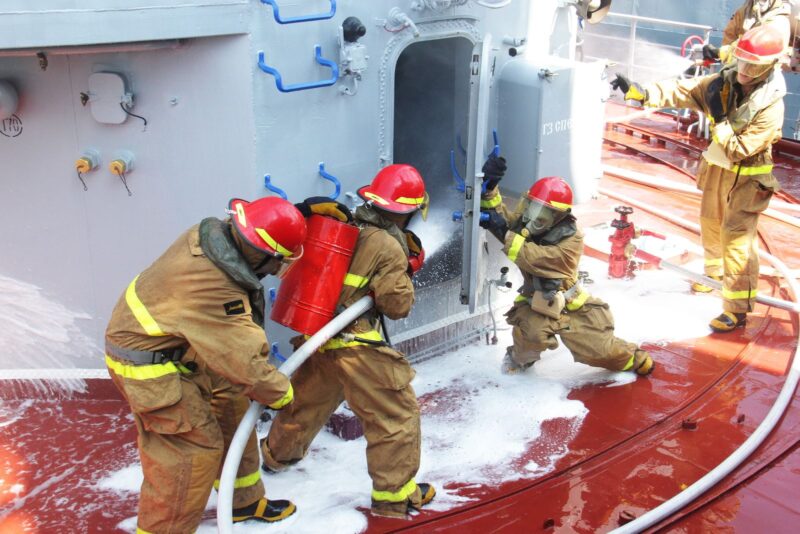
Man Overboard Incidents ─ Rare but Serious
Falling overboard is one of the most alarming scenarios for any sailor. These incidents are often caused by slippery decks, rough seas, or a lack of proper safety gear. While they may not be the most common type of maritime accident, their consequences can be life-threatening.
The best way to prevent man-overboard situations is through proactive safety measures. Provide non-slip footwear, install railings where needed, and ensure every crew member uses safety harnesses when working in precarious areas. Crew training also plays a key role; knowing how to react quickly and deploy rescue equipment can save lives.
Equipment Failures ─ A Preventable Hazard
A ship is only as good as the condition of its equipment. Mechanical failures, from engines to steering systems, are a leading cause of maritime accidents. These incidents can leave vessels stranded, affect maneuverability, or even lead to more severe accidents like collisions or groundings.
To minimize the risk of equipment failure, prioritize routine maintenance. Schedule regular inspections and repairs to ensure all systems are in working order. Use predictive maintenance techniques, like vibration analysis, to identify potential problems before they occur. And don’t underestimate the value of spare parts keeping critical components onboard can make all the difference in an emergency.
Pollution Accidents ─ An Environmental Crisis
Spills of oil or hazardous materials can have devastating effects on marine ecosystems and the reputation of shipping companies. These accidents often result from equipment failure, human error, or collisions. Preventing pollution incidents is not just about protecting the environment; it’s also a legal and financial necessity.
To avoid such accidents, double-check that cargo is properly secured and stored. Ensure tanks and pipelines are leak-proof and that pumping operations are monitored closely. Investing in advanced spill prevention and containment systems can also help mitigate risks.
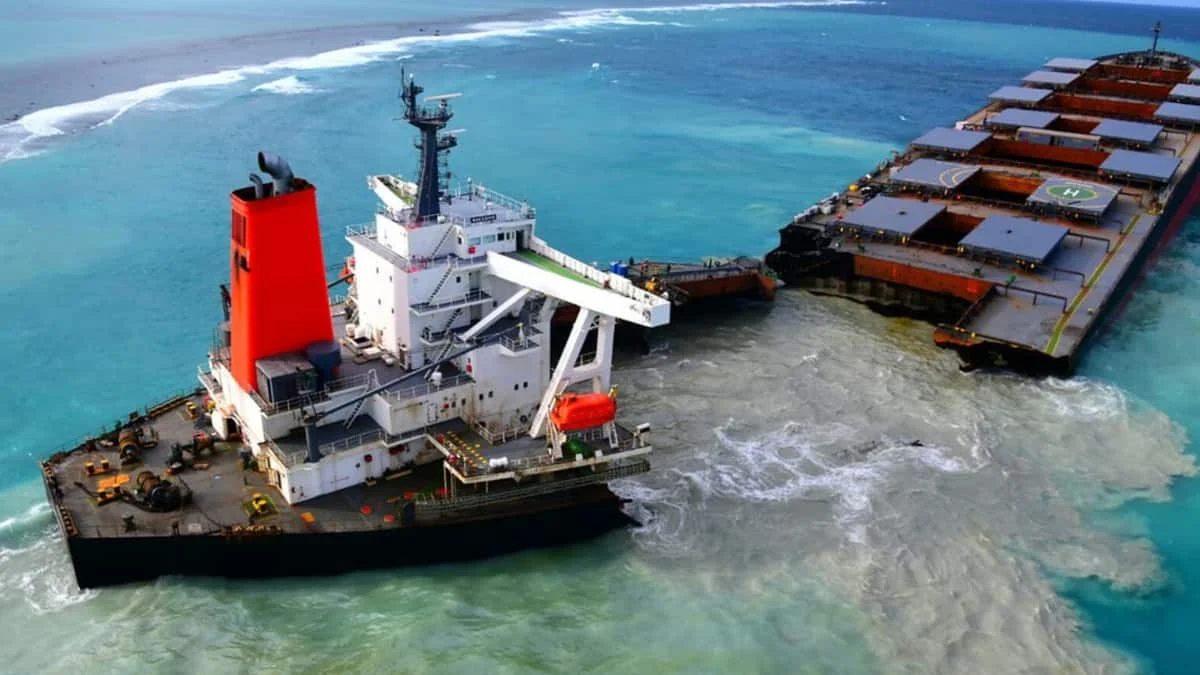
Human Error ─ The Overarching Factor
If there’s one thread that ties all these accidents together, it’s human error. Whether it’s a lapse in judgment, fatigue, or inadequate training, mistakes by crew members are a primary contributor to maritime incidents.
Addressing human error starts with fostering a strong safety culture onboard. Encourage open communication so crew members feel comfortable reporting potential risks. Regular training and drills are also key; they reinforce best practices and ensure everyone is prepared for unexpected situations. Lastly, manage workloads to prevent fatigue tired sailors are more likely to make mistakes.
Technology ─ A Key Ally in Accident Prevention
Modern technology has revolutionized maritime safety. From advanced navigation systems to real-time weather monitoring, there are countless tools available to reduce the risk of accidents. For instance, ECDIS helps captains plot courses with precision, while radar and AIS provide constant updates on nearby vessels. Onboard sensors can even alert crews to potential equipment failures before they happen.
That said, technology is only as effective as the people using it. Make sure your crew understands how to operate and interpret these tools. Investing in ongoing training will ensure you’re making the most of the technology at your disposal.
A Safer Voyage Awaits
Maritime accidents may never be entirely avoidable, but many can be prevented with the right precautions. Whether it’s by improving training, maintaining equipment, or embracing modern technology, there’s always room for improvement.
By prioritizing safety and fostering a culture of responsibility, you can significantly reduce the risks associated with life at sea. After all, a well-prepared crew is the cornerstone of a safe and successful voyage.
Related Posts:
- Staying Safe: How To Avoid Common Warehouse Hazards
- Server Downtime: Common Causes and How to Prevent Them
- 8 Common Visual Regression Testing Challenges and…
- Understanding Industrial Accidents and How Claims Work
- Why Truck Accidents Are So Dangerous (And How to…
- Portable Homes: Types, Features, and How to Choose…

